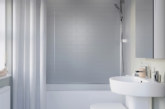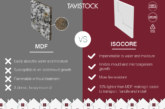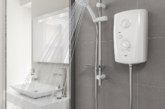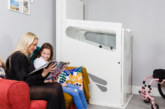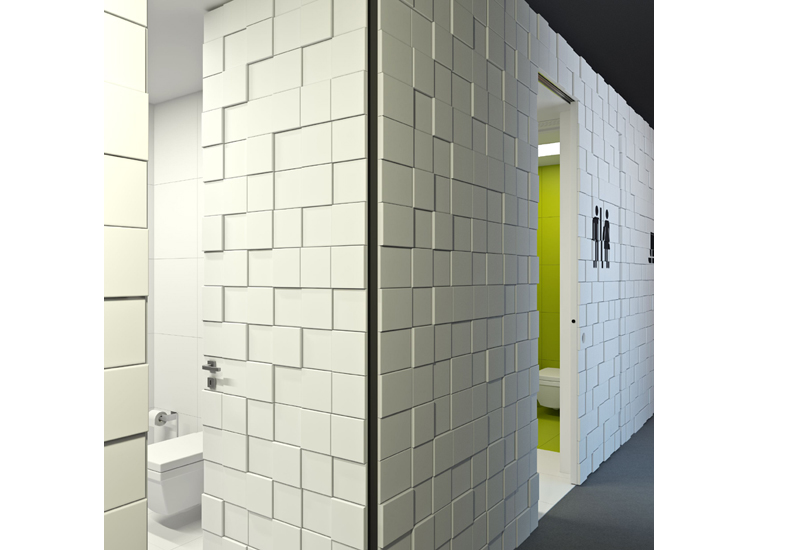
Bathrooms and shower rooms in non-domestic buildings are typically used by people with varying abilities — so as well as being safe, they also need to be accessible and easy-to-use. Chris Tranter provides some advice.
When it comes to public use buildings, it is crucial to ensure that the facilities are able to cater to every level of ability. Considering that 18% of the UK population has a registered disability, it is almost certain that a non-domestic building will at some point receive visitors with additional accessibility needs.1 Furthermore, it is estimated that by 2020, nearly 60% of over fifties will have some form of long- term condition, and as the average life expectancy increases, there is a greater necessity to ensure optimum ease of use for older people who may have mobility issues. 2
This is pre-empted in a raft of governing legislation. In accordance with Part M of the Building Regulations (Access to and Use of Buildings), all non-domestic buildings should offer ‘reasonable access’ so that people with disabilities can use the facilities. Then there is the Disability Discrimination Act (DDA), currently in consultation, which aims to prevent discrimination against people with a disability in how goods, facilities and services are provided.
It also places a duty of care for reasonable adjustments to be made in the way services are provided if it is impossible or unreasonably difficult for a disabled person to make use of a service. However, these accessibility considerations must be balanced alongside the required safety precautions, and nowhere is this more important than in washroom and shower room areas.
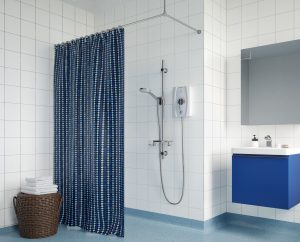
Washroom hazards
By its nature, the washroom carries more hazards than most facilities. From cross-contamination, caused by users who may not wash their hands adequately, to hot water safety, and the importance of universal accessibility, it’s vital that a shower room or washroom is meticulously specified. In response to this, products are being designed that meet all of the necessary safety standards, whilst utilising intuitive design features, which make operation as easy as possible for all levels of ability.
One example is the new infrared range from Bristan. Incorporating taps, a urinal automatic flush and a soap dispenser, this innovative range uses infrared technology to detect human presence before activation, whether that means turning on the tap, delivering hand soap, or triggering the flush. The non-touch nature of these products means that there are no fiddly controls which might be challenging for certain individuals to operate, making them accessible for the vast majority of washroom visitors.
What’s more, the non-touch mechanism alleviates the risk of germs spreading, making it ideal for use in all premises seeking to optimise hygiene levels — all while eliminating water waste too. Alternatively, if specifying non-infrared products, there are certain styles which are better suited in terms of grip and operation. Taps with a toggle control or a rounded twist head should be avoided, and, if possible, ones with a long lever or push control should be selected.
A number of manufacturers offer DocM packs. Bristan’s DocM WC pack, for example, comprises a 750mm depth (wall to pan edge) close coupled WC, cistern and un-handed finger rinse basin, all in accordance with Part M of the Building Regulations. Accessories include grab rails and a hinged support arm. The pack includes a TMV3 basin mixer tap to ensure thermostatic safety, thus alleviating the extra cost of having to buy this separately.
Shower facilities
 For buildings requiring a shower room. The first point to evaluate is the positioning of showers, baths, and accessories. Careful thought needs to be given as to the spacing of the sanitaryware, and the location of items such as towel rails and toilet roll holders, so that they can be easily used by people of different abilities.
For buildings requiring a shower room. The first point to evaluate is the positioning of showers, baths, and accessories. Careful thought needs to be given as to the spacing of the sanitaryware, and the location of items such as towel rails and toilet roll holders, so that they can be easily used by people of different abilities.
In terms of the showers, the primary safety consideration is the prevention of sudden temperature change, and minimising the risk of scalding. Thermostatic electric showers, which provide a safeguard against fluctuations in water heat, are now widely available.
For ultimate reassurance, the BEAB Care Mark demonstrates compliance with specific safety requirements that take into account the needs of people with differing needs, such as the elderly and people with disabilities. Some products are also endorsed by the RNIB (Royal National Institute of Blind People). A good example is the BEAB Care and RNIB endorsed Joy Care from Bristan. It’s an electric shower that includes a maximum temperature setting to guard against the risks of hot water scalding and incorporates a large, easy to move dial for ease of use, raised markings and an audible click when settings are adjusted, an illuminated stop/start button, an LED digital setting display and a grey contrasting back box.
Once the showers have been specified, a small but important added extra is grab rails. These can make a massive difference to the experience of a user with mobility problems. Grab rails and seating need to be clearly visible in line with the DDA. Many products are available in white and blue, so they can be seen against dark and light backgrounds respectively.
Creating a washroom or showering facility which is suitable for a range of needs can be challenging, but as the UK population changes and grows, it is vital that every level of ability is taken into account.


